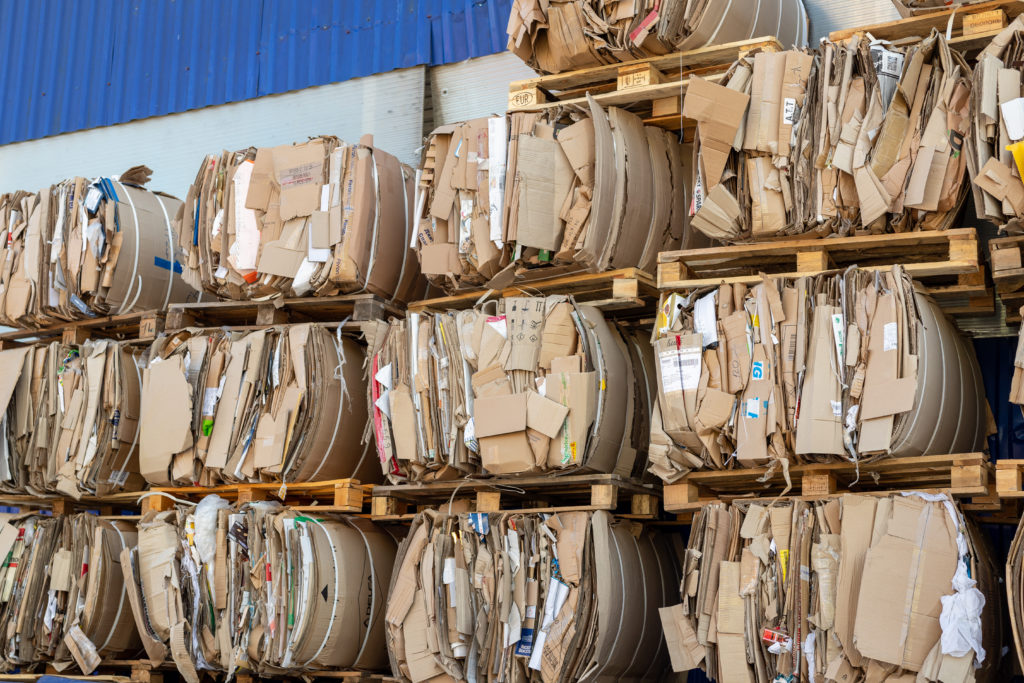Figures just released by the three pan-Europe paper industry organisations, including the European Recovered Paper Association, show that the rate of increase in recycling slowed in 2002 to only 0.6%, to reach 52.7%. There was a bigger annual increase in 2001 of 2.3%.
This slower increase means that overall in 2003 and 2004 the rate will have to increase by 3.3% to ensure the target is met. The target is voluntary and was set by the paper industry partly to try and avoid any statutory recycling targets being imposed by the European Union.
The three organisations, which include the Confederation of European Paper Industries and the cardboard body the European Federation of Corrugated Manufacturers, note that in 2002 there was an increased collection of recovered paper and an increased usage, but the rise in usage was lower than the rise in volume collected. Looking at the data, the share of recovered paper as a part of the European paper industry’s raw material consumption remained stable as opposed to the previous year’s increase.
“Market developments” is the reason given by the industry for the reduced increase in usage of recovered paper. Newsprint production decreased while production of other graphic papers increased. Furthermore, recovered paper prices peaked in the summer of 2002 and in many cases more than doubled, a factor which led some producers to look for virgin pulp supplies instead.
“In addition,” said Ulf Frlander, chairman of the European Recovered Paper Council, “due to the strong demand outside Europe (mainly Asia), recovered paper net exports went up by 7.4%. These show the importance of the global market developments and the implications this might have on paper recycling in Europe.” The council was formed after agreement on the target within the paper industry and includes representatives from three main groups and other bodies.
Difficult
The associations and the council warn that as the recycling rate increases, further increments will become more difficult. “Our knowledge on the potential of recovered paper collection has been improved through a study on non-collectable/non-recyclable paper products: 19% of paper products put on the market cannot be collected or recycled due to technical reasons or because of their use in permanent applications (e.g. cigarette paper, tissue paper, archives, etc).
“Taking this into account, we see that the maximum collection rate would not be 100%, but rather 81%, or even less. This effectively reveals the true potential of paper recycling in Europe,” Mr Frlander continued.
The European bodies say that the role of legislation and policies in this context “gains more and more importance, and the industry has high expectations with regard to the Thematic Strategy on Prevention and Recycling of Waste that is currently under preparation by the European Commission.”
The council added in a statement released after publication of the latest figures that the industry “would like the European Commission to recognise the importance of voluntary measures when drafting its Thematic Strategies, in the hope that they will result in a supportive and stable framework, which is necessary if paper recycling is to continue to increase in Europe.”











Subscribe for free